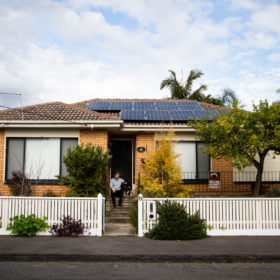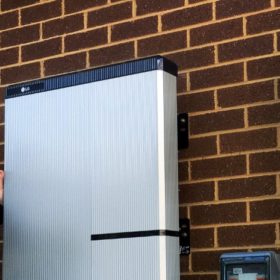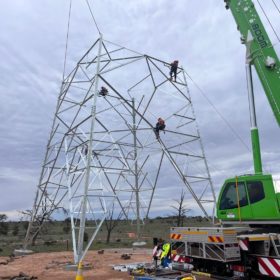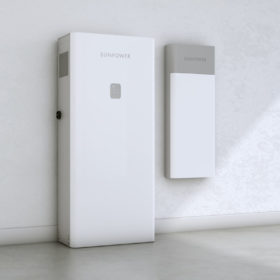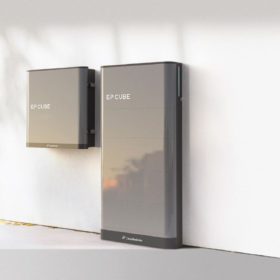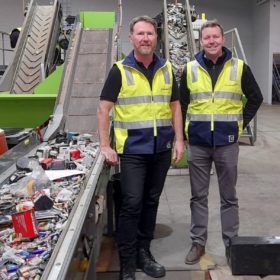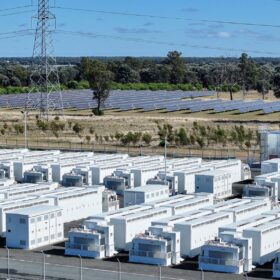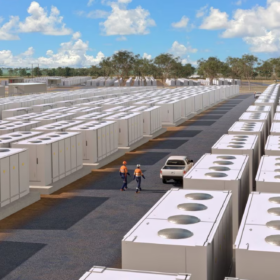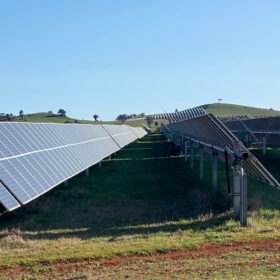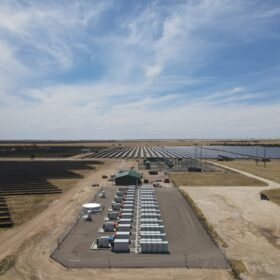Qcells partners with Plenti to simplify home solar and storage financing
South Korean solar and battery manufacturer Qcells has partnered with finance lender Plenti to launch a home solar, energy storage, and virtual power plant (VPP) solution for Australian customers.
Pairing batteries with rooftop solar
A growing number of residential solar projects include energy storage batteries. In the first part of this series, we look at the backup power feature of batteries.
Northern Territory flicks switch on Alice Springs VPP
Smart technology that controls energy flow on power grids could soon be the norm in the Northern Territory with a trial launched in the outback town of Alice Springs that will test the economic and energy efficiency of a rooftop solar-driven virtual power plant.
How long do residential energy storage batteries last?
Multiple factors can affect the lifespans of residential battery energy storage systems.
Regulators reinforce need for ‘massive investment’ in energy sector
Australian energy regulators have called for urgent investments in renewable energy capacity and the transmission infrastructure needed to connect new projects to the grid as they look to ensure an orderly transition as coal-fired generation exits the National Electricity Market.
Sunpower launches two new batteries for residential applications
The two batteries have a storage capacity of 13 and 19.5 kWh, respectively. Both lithium-ion systems use LiFePO4 as the cathode material and have a round-trip efficiency of over 86%.
UK startup unveils solar trees for commercial, industrial areas
United Kingdom-based SolarBotanic Trees will begin offering its solar trees in early 2023. The systems will use monocrystalline cells with an efficiency of up to 24%, encapsulated in a 3D shape.
Canadian Solar to unveil all-in-one residential battery and inverter
Chinese-Canadian PV heavyweight Canadian Solar is set to unveil a new residential energy storage unit that is compatible with new and existing solar arrays and is customisable from 9.9 kWh to 19.9 kWh capacities.
US investment giant snaps up New Zealand rooftop solar specialist
American investment behemoth BlackRock has agreed to acquire New Zealand rooftop solar PV and battery energy storage specialist SolarZero as part of its push into renewable energy in the Asia Pacific region.
Envirostream turns up volume on battery recycling deal with LG
Perth-based battery technology company Lithium Australia’s 100%-owned subsidiary Envirostream has ramped up its battery recycling efforts, signing an agreement with South Korean manufacturer LG Energy Solutions to process at least 250 tonnes of its lithium-ion batteries over the next year.
